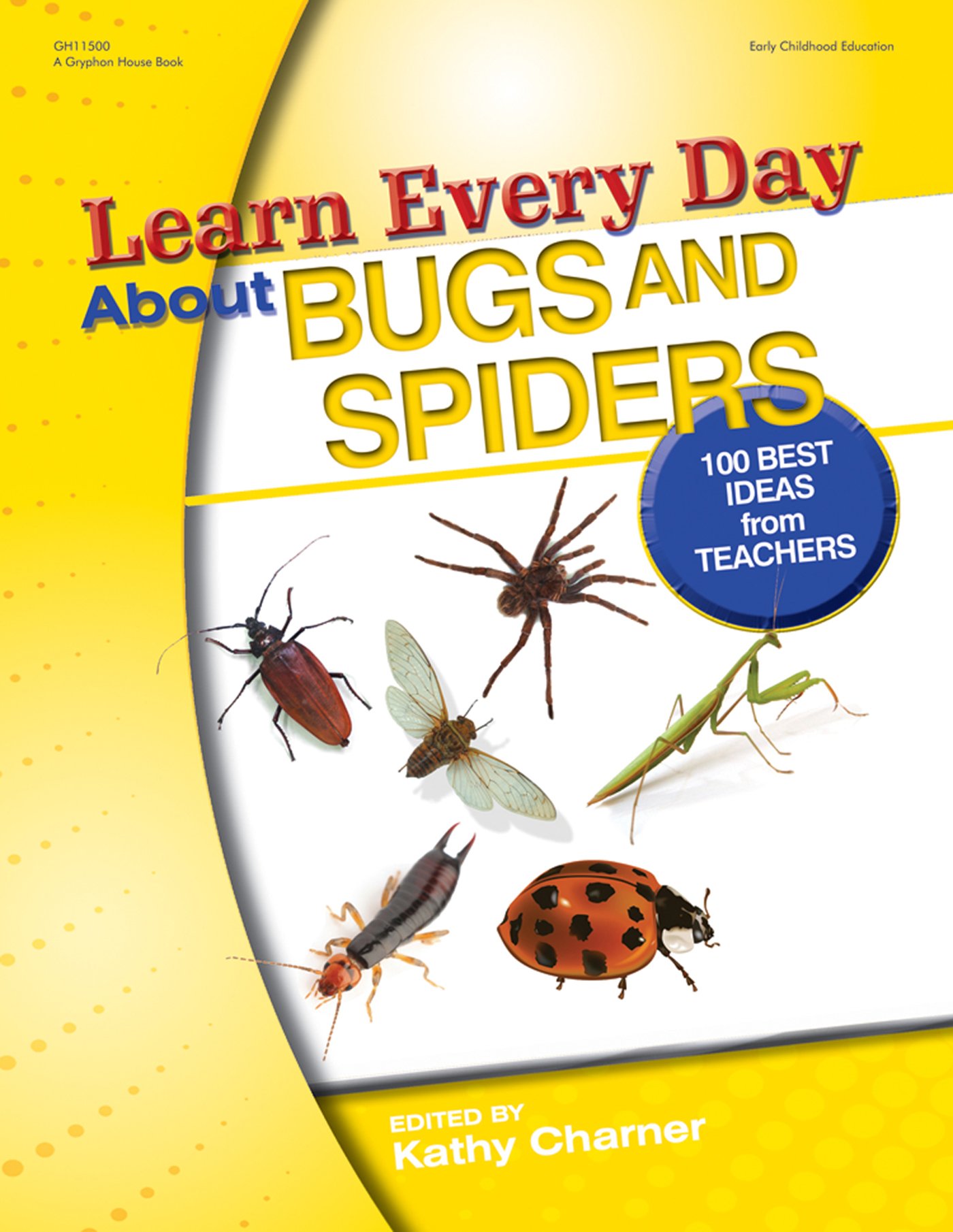Materials
small paper plates
pictures of things whose names rhyme: cat, bat,
mat, hat; nose, rose, hose, toes
Note: Each group of rhyming words should contain at least four pictures.
glue
Instructions
Cut paper straws in half, and then vary the length of each slightly (mason bees
prefer this kind of pattern).
* Cut a carton a little bit longer than the straw halves so they fit inside with a
little overhang to protect from the weather.
What to Do
1. Show the children pictures of honeybees and orchard mason bees and discuss
the differences between them (size, color).
2. Help the children spread a thin layer of glue on the inside bottom of the
cardboard carton, place the straw halves in until full.
3. As the children do this, talk with them about mason bees. Explain that mason
bees are solitary, unlike social honeybees. They have no hive to defend nor do
they make honey. Their sting is similar to a mosquito bite and they only sting if
pinched. Like honeybees, mason bees are helpful because they spread pollen
and help fruits and vegetables develop. Mason bees lay eggs in holes that
beetles chew in trees, similar to the shapes
of the straws the children are placing in the
cartons. After laying their eggs, the bees
close up the holes with mud.
4. Take the children outside and put up the
bee houses in designated spots.
5. With the children, check the bee houses
throughout the spring and early summer
to see if any mason bees are using them.
Dispose of the houses in the winter.
Assessment
Consider the following:
* Do the children understand the importance of pollinating insects?
* Do the children recognize both honeybees and orchard mason bees?
